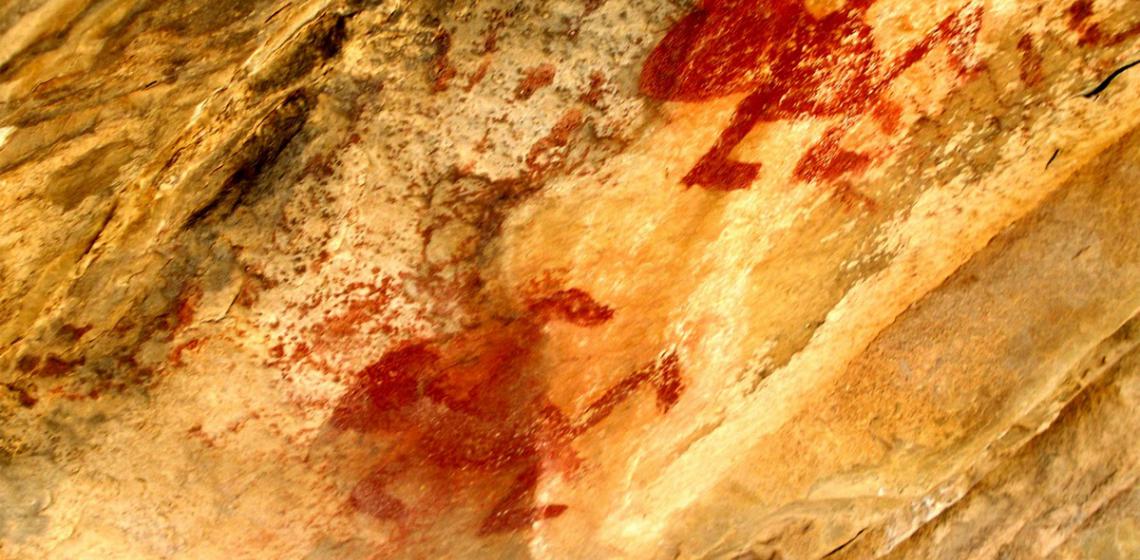
By AD 900, around the time Cohoninas lived at Clover Ruin, they were probably growing crops such as corn, beans and squash. Cohonina sites extended north of the San Francisco Peaks at this period, as well as to the south rim of the Grand Canyon and into the Inner Gorge. The Cohonina abandoned their "heartland area” around present day Williams by the late 1000s.
More than 6,000 archaeological and historic sites have been recorded on the Kaibab National Forest, which represents an incredible amount of historic and pre-historic information. The majority of these sites are associated with "Cohonina," who occupied the Kaibab between AD 700 and AD 1100. They left stone houses, pottery sherds, stone tools, grinding stones and rock art across the forest. Our Williams Region Arizona Site Stewards monitor many of these sensitive sites, helping to report and deter vandalism.
We are reconstructing a prehistoric Cohonina ruin located at the Williams District Ranger Station. During our 1993 and 1994 PIT projects, 40 volunteers helped us unearth the history of this 1,000-year-old site. We found numerous projectile points, axes, pot sherds and grinding stones.
The Cohonina are distinguished by their San Francisco Mountain Gray Ware ceramics (whose decorated types were generally analogous to ancestral Puebloan styles of the same time periods). Early sites are small and of variable architectural lay out. They include pithouses and above ground storage structures. Clover Ruin is typical of a seasonally occupied Cohonina above ground structural site.
